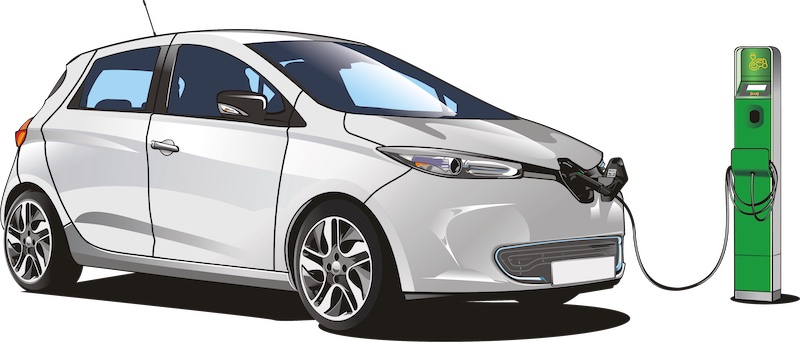Unveiling the Complete Environmental Picture
Electric vehicles (EVs) have been hailed as the eco-friendly solution to combat climate change and reduce pollution.
They offer the promise of zero tailpipe emissions, improved air quality, and a greener future.
However, a closer examination of the entire lifecycle of electric cars reveals that they are not entirely immune to environmental impacts.
While they are undoubtedly cleaner during operation, their overall environmental footprint is more complex than commonly believed.
In this article, we shed light on the often overlooked aspects of EV pollution.
- Manufacturing Process:
The production of electric vehicles involves resource extraction, energy-intensive manufacturing, and disposal of hazardous materials.
EV batteries, which are key components, require the extraction of minerals like lithium, cobalt, and nickel.
These mining processes have significant environmental consequences, including deforestation, water pollution, and habitat destruction.
Furthermore, the energy-intensive manufacturing process of EVs contributes to greenhouse gas emissions, especially if the electricity used is derived from fossil fuels.
- Battery Life and Disposal:
EV batteries have a limited lifespan, typically ranging from 8 to 15 years, depending on usage patterns.
The production and disposal of these batteries are significant contributors to pollution.
Battery manufacturing requires large amounts of energy and generates greenhouse gas emissions.
Moreover, the disposal of worn-out batteries poses challenges, as they contain toxic materials that can contaminate soil and water if not managed properly.
- Charging Infrastructure:
The increased adoption of electric vehicles necessitates a robust charging infrastructure.
The electricity required to charge EVs often comes from the power grid, which, in many regions, relies on fossil fuel sources such as coal and natural gas.
Consequently, the charging process indirectly contributes to carbon emissions and other pollutants, depending on the energy mix of the grid.
- Rare Earth Metals:
Apart from lithium-ion batteries, electric vehicles also rely on rare earth metals for various components like magnets in motors.
The extraction and refining of rare earth metals are associated with severe environmental impacts.
These processes release toxic substances, contaminate soil and water, and contribute to habitat destruction.
In conclusion:
Electric vehicles undeniably have significant advantages over traditional internal combustion engine vehicles when it comes to reducing tailpipe emissions and improving air quality.
However, to fully comprehend their environmental impact, we must consider the complete lifecycle of electric cars.
The manufacturing process, battery production and disposal, reliance on charging infrastructure, and extraction of rare earth metals all contribute to pollution and ecological damage.
As the demand for electric vehicles grows, it is crucial to address these environmental challenges.
Governments, manufacturers, and consumers must work together to minimise the environmental impact of electric vehicles by promoting sustainable mining practices, developing efficient recycling systems for batteries, increasing the share of renewable energy in the power grid, and exploring alternative materials for EV components.
By acknowledging the complex environmental aspects and taking proactive steps to mitigate them, we can ensure that electric vehicles truly live up to their potential as a sustainable transportation option for a greener future.



